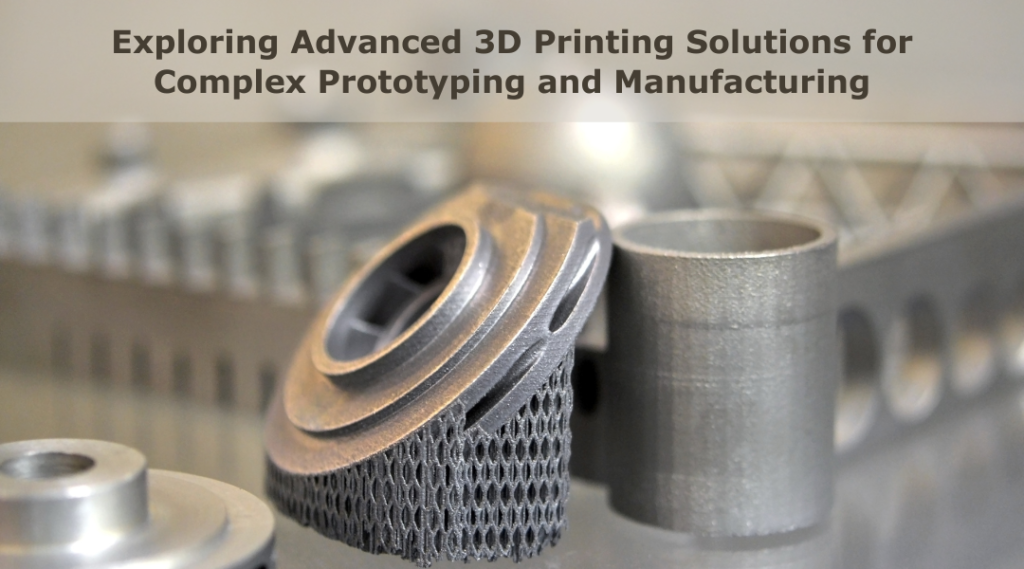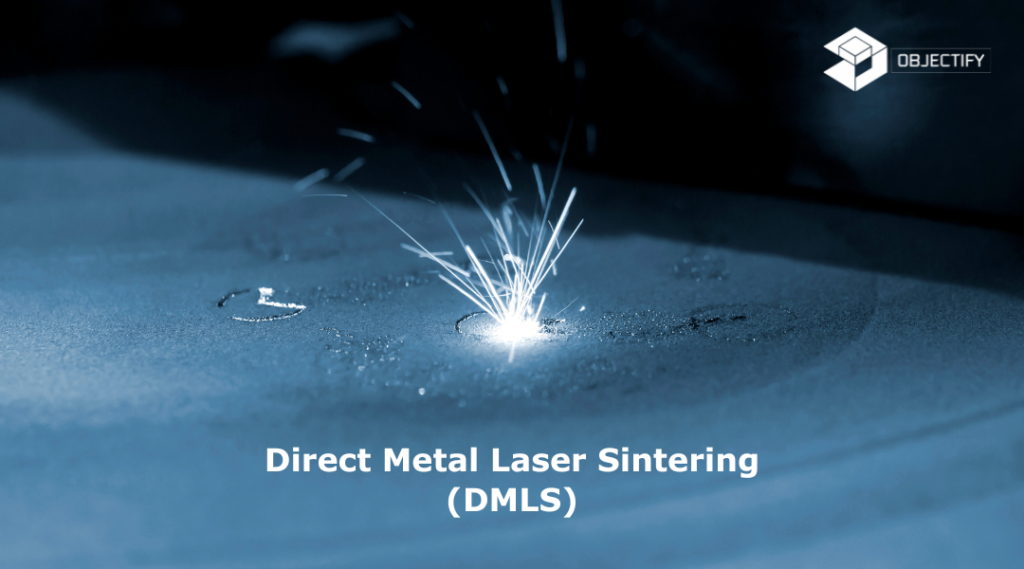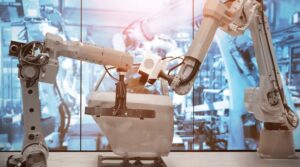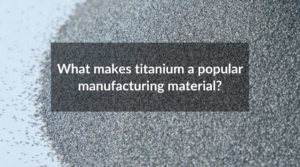
Exploring advanced 3D printing solutions for complex prototyping and manufacturing involves considering cutting-edge technologies and processes that address the challenges of creating intricate and high-quality prototypes and end-use parts. Here are some of the advanced 3D printing solutions commonly used for complex prototyping and manufacturing:
1. Multi-Material 3D Printing: This technology allows the simultaneous printing of multiple materials in a single build, enabling the creation of complex, multi-component prototypes and parts with varying properties and colors.
2. PolyJet 3D Printing: PolyJet technology can produce highly detailed prototypes with smooth surface finishes. It works by jetting photopolymer materials in ultra-thin layers and simultaneously curing them with UV light.
3. Digital Light Processing (DLP): DLP uses a digital light projector to selectively cure photopolymer resin layer by layer. It offers high-speed printing and can achieve excellent detail and resolution.
4. Continuous Liquid Interface Production (CLIP): CLIP uses a tunable liquid interface to control the curing of a photopolymer resin, resulting in faster printing times and smoother surface finishes.
5. Selective Laser Sintering (SLS): SLS uses a high-powered laser to sinter powdered materials, such as nylon or metals, layer by layer. It is suitable for producing complex geometries and functional prototypes.

6. Direct Metal Laser Sintering (DMLS): DMLS is a metal 3D printing technology that uses a laser to sinter metal powder, layer by layer, producing robust and intricate metal parts for end-use applications.
7. Binder Jetting: This method involves selectively depositing a liquid binding agent onto layers of powdered material, enabling the production of complex parts in various materials like metals, ceramics, and sand.
8. Wire Arc Additive Manufacturing (WAAM): WAAM is a metal 3D printing method that uses an electric arc to melt metal wire and build up parts layer by layer. It is well-suited for large-scale metal components.
9. Hybrid Additive Manufacturing: Combining 3D printing with traditional manufacturing processes (e.g., CNC machining) allows for the creation of complex parts with both additive and subtractive techniques.
10. Topology Optimization: Advanced software tools can employ generative design and topology optimization algorithms to automatically create optimal designs with reduced material usage and improved structural performance.
11. In-Situ Monitoring and Control: Some advanced 3D printers come with in-built sensors to monitor the printing process in real-time, ensuring quality control and minimizing defects during production.
12. Post-Processing Techniques: Explore innovative post-processing methods like surface smoothing, heat treatment, or chemical treatments to enhance the properties and aesthetics of 3D-printed parts.
As 3D printing technology continues to advance, new solutions and materials are continually emerging, offering even more possibilities for complex prototyping and manufacturing. Depending on your specific project requirements, considering these advanced 3D printing solutions can help you achieve efficient, high-quality, and intricate parts for various applications.


